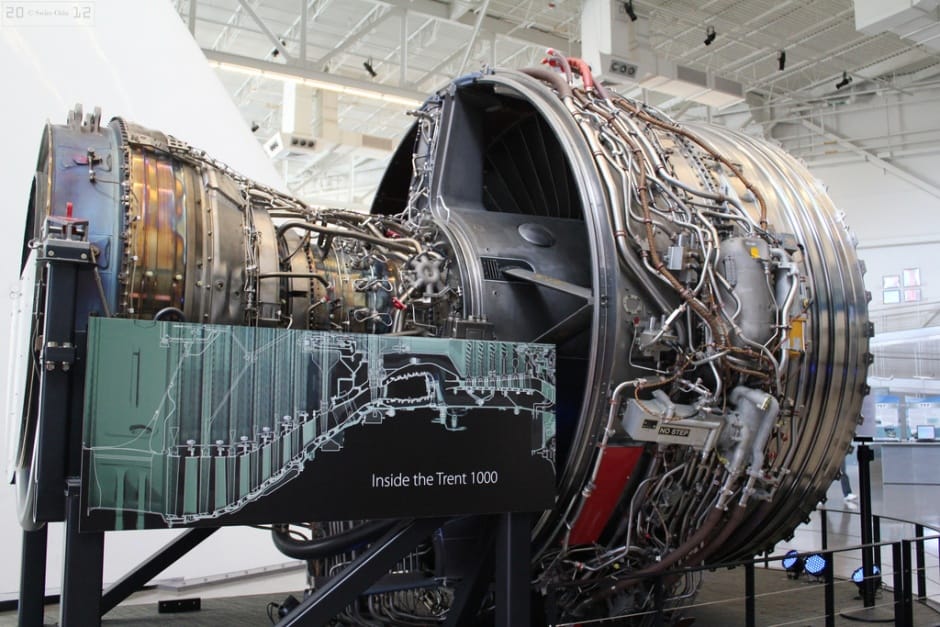Problems with Trent 900 and 1000 engines have forced the company to carry out inspections and repairs and to redesign some parts, causing customers to ground aircraft, cancel flights and lease other planes, which Rolls-Royce said will cost around £450m this year, declining by at least £100m in 2020. The company has taken a £554m exceptional charge covering “that part of the total estimated cost for the period to 2022 that is considered to be abnormal in nature.”

Trent 1000 is a particularly significant product for Rolls-Royce, as it powers the Boeing 787 Dreamliner
Despite this setback, other parts of the business have shown strong growth, and Rolls-Royce said it expected to make underlying operating profits of between £400m and £500m this year – at the upper end of its forecasts.
Chief executive Warren East apologised for disruption caused by the Trent problems. “The Trent 1000 in-service engine issues have caused significant disruption for a number of our customers, which we sincerely regret,” he said. The problems relate to intermediate compressor rotor blades. The company has now started certification testing of a redesigned blade for one group of engines, and will similarly redesign the component for another group subsequently. All technical changes likely to be embodied in the Trent 1000 and 900 fleets by 2022.
The loss is in comparison with a half-year profit in the same period last year of £1.4bn. Despite the setback, the company posted several improvements to its business over the six-month period. Core underlying revenue increased by 13 per cent, it said, following good growth in almost all applications. Core underlying operating profit soared to an improvement driven by higher volumes.
Hailing significant investment and innovation in recent years, East said that Rolls-Royce is poised to become the world leader in large aircraft engines. “This is the time for execution. In Civil Aerospace our installed widebody fleet will continue to grow and we will strive to further reduce cash deficits on engine sales, whilst working hard to minimise the disruption caused to our customers by in-service issues,” he said. “The benefits of creating a single Defence operation with greater scale and the ability to offer customers a broader range of products and services, should present us with new opportunities.”




Poll: Should the UK’s railways be renationalised?
All public service companies should be nationalised for many different reasons, particularly railways, not the least because the tax payer has already...